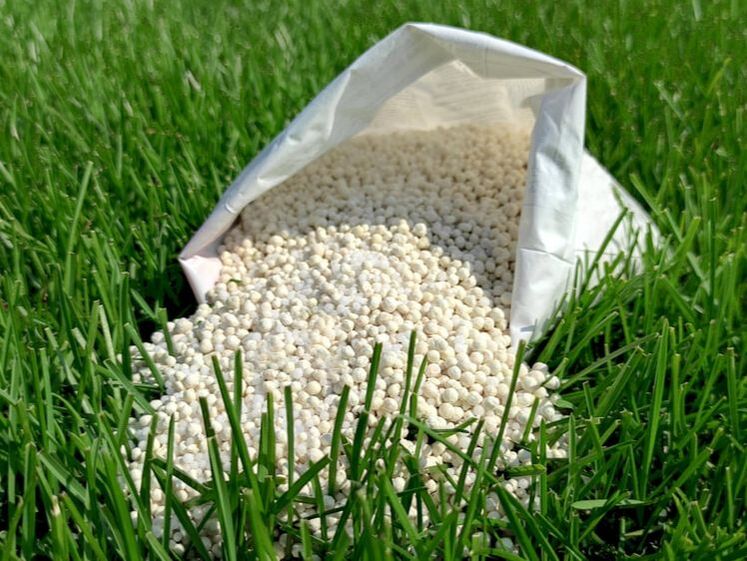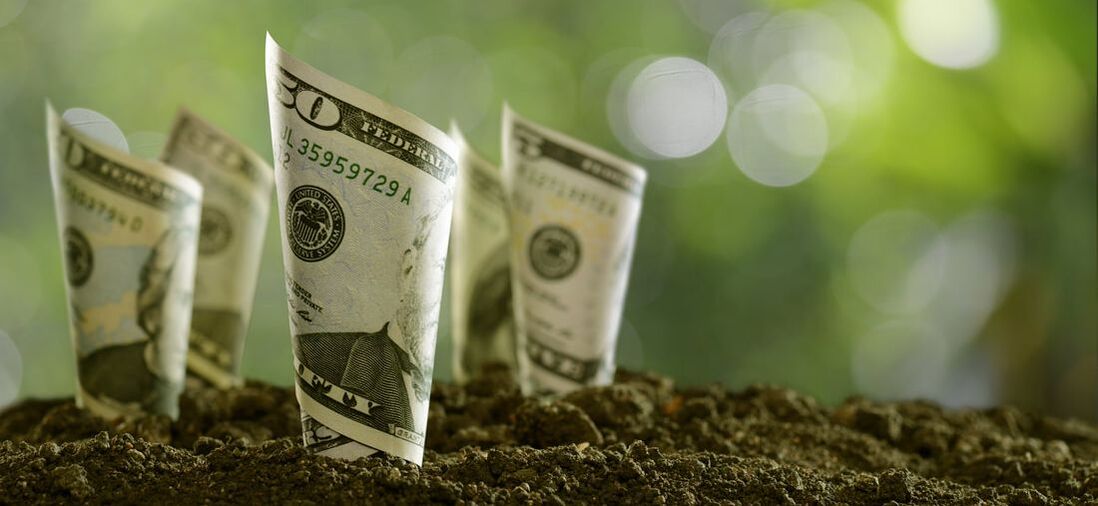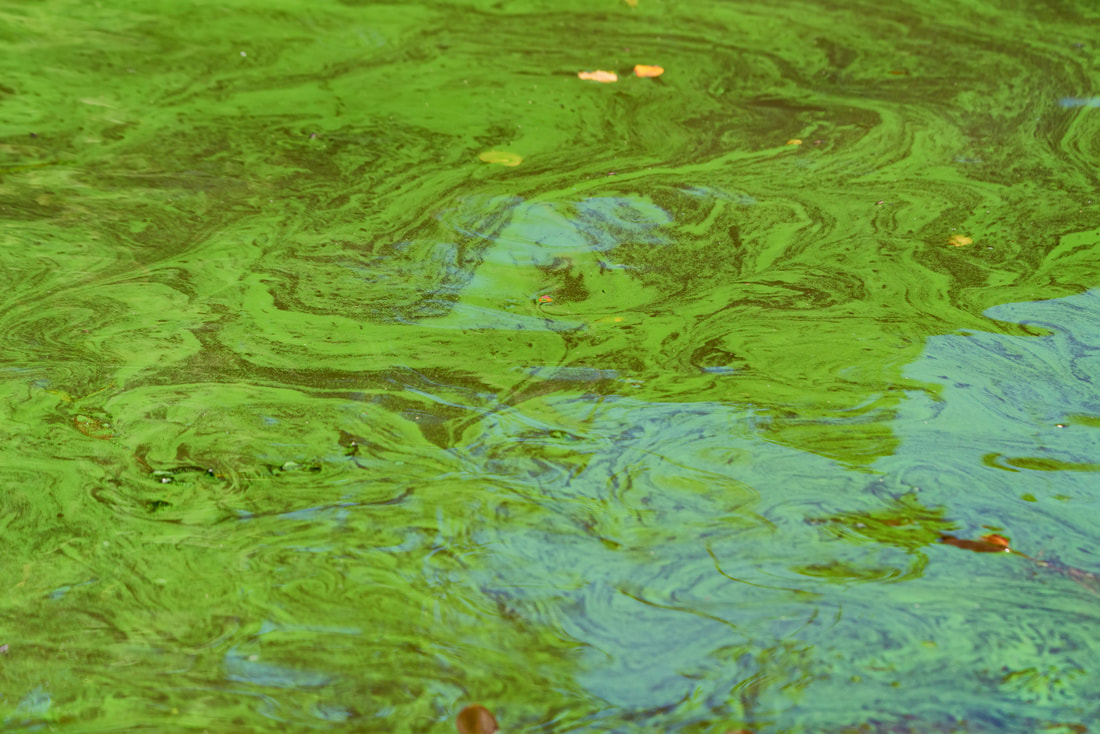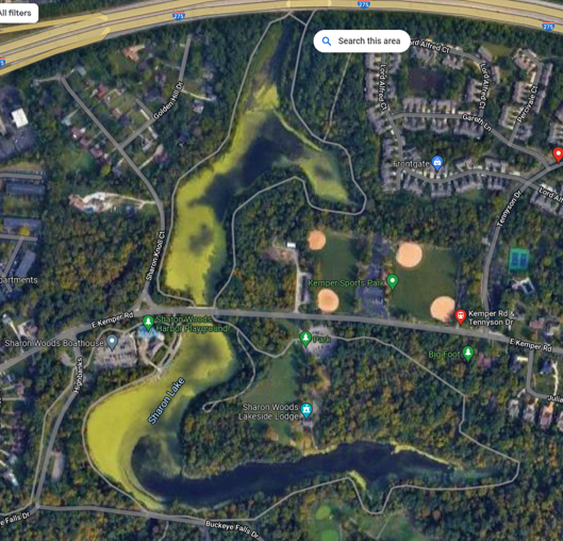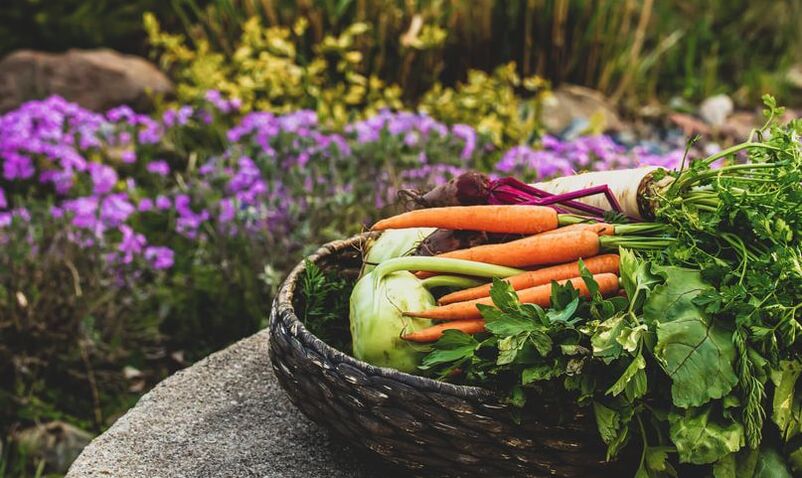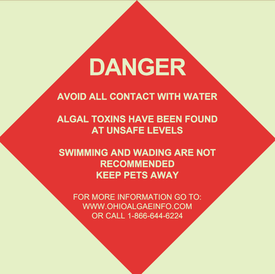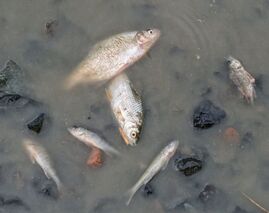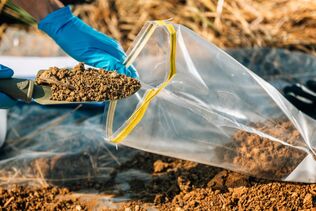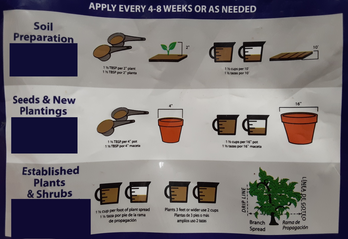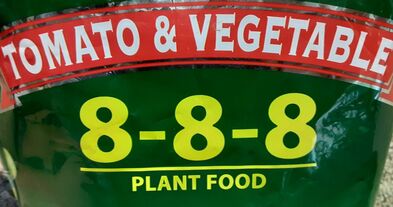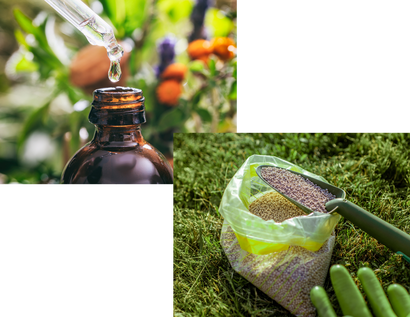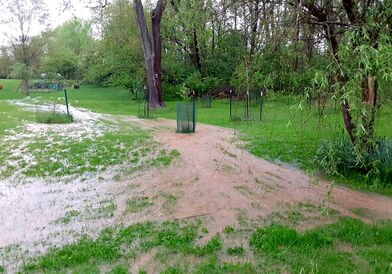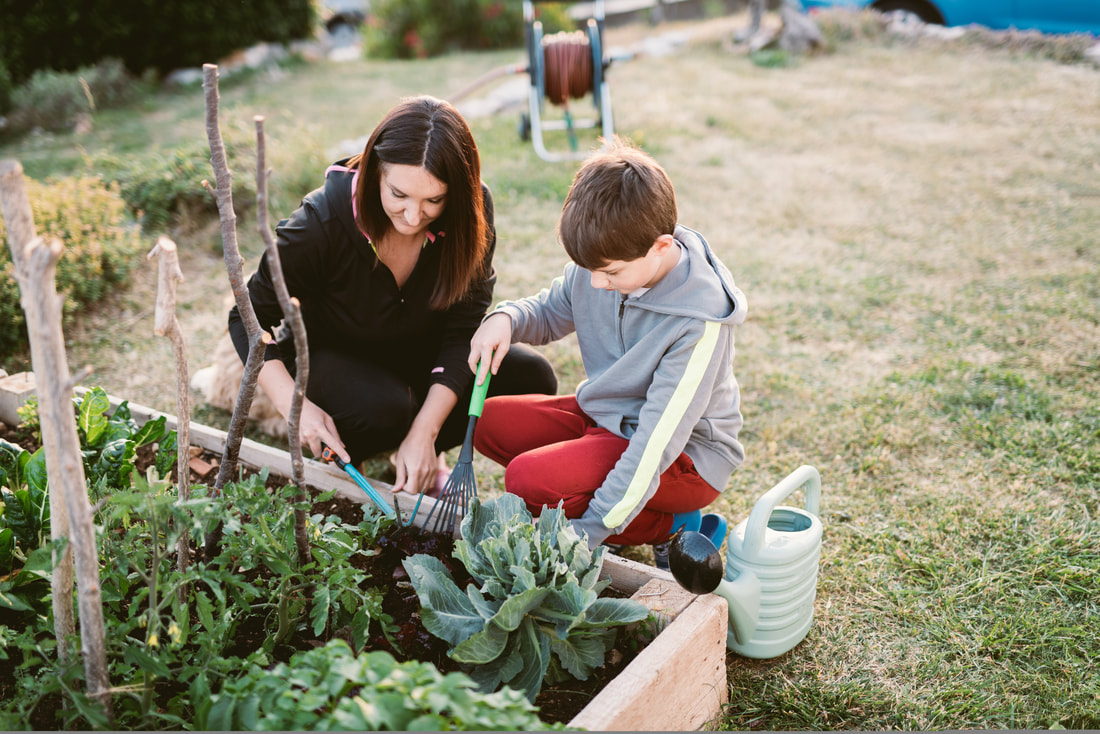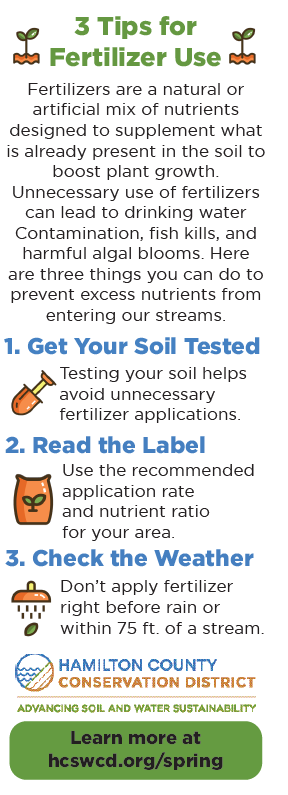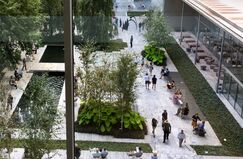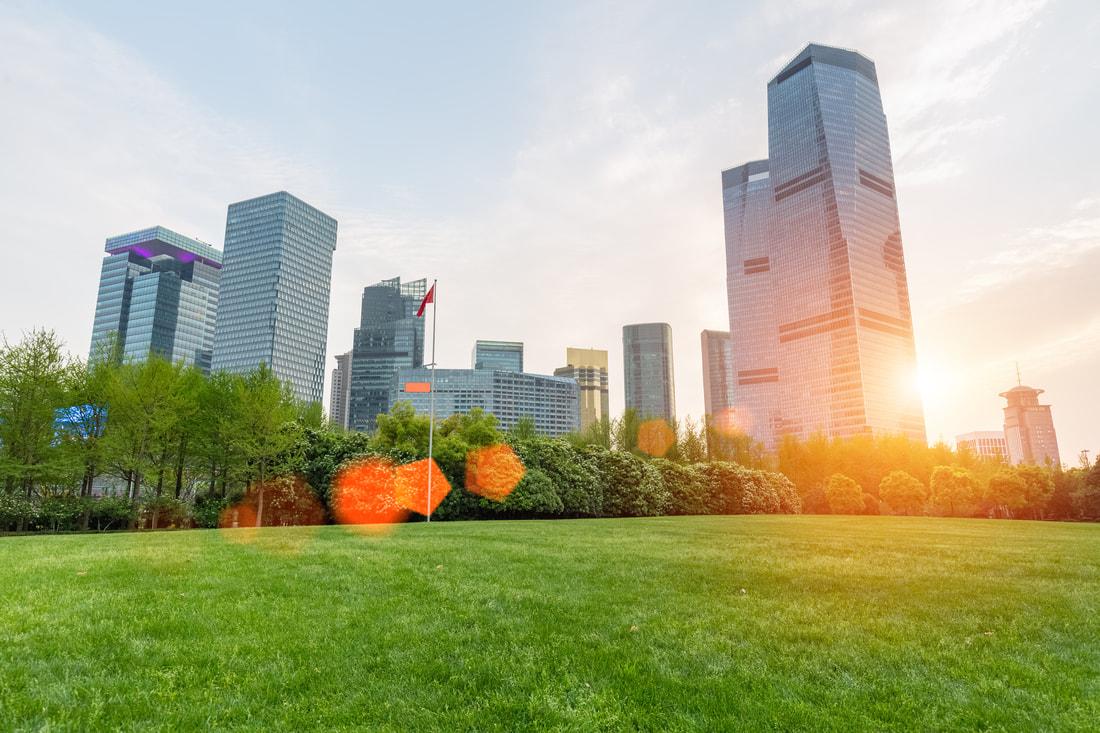|
Why are we concerned about fertilizer?
According to the National Center for Water Quality Research at Heidelberg College, in 2006 Ohio purchased 2,000,000 tons of fertilizer products. That study estimated that $250,000,000 worth of Ohio's nutrients get washed into the Ohio River! When too much fertilizer is applied, or it is applied at the wrong time, it can easily be washed off lawns and gardens. Excess nutrients in our rivers, lakes, and streams can lead to algae growth. In turn, too much algae causes water quality problems. It can deplete oxygen in the water that fish and other wildlife need to survive, and make boating, fishing, and swimming unpleasant and sometimes even dangerous.
|
Watch our Spring 'Seasonal Stormwater Series' video to learn more!
coming soon!
Benefits of using fertilizer
Problems with too much fertilizer
|
Harmful Algae Blooms (HABs)
Fertilizers used on lawns, farms, and gardens always have the potential to get carried into our rivers and streams by stormwater runoff. Once these excess nutrients reach the water, algae devours them and grows incredibly quickly, resulting in a 'bloom'. While most algae is not harmful, some species produce toxins as a waste product, causing a plethora of issues for humans and our environment. |
|
- Land Animals: Pets and other terrestrial animals have many of the same risks as humans. It can be dangerous for them to be in and around water during a HAB. It is important to keep pets out of the water during an advisory, as they may ingest the algae by licking their wet coat, or have other physical reactions.
|
Best Practices for Residents, Businesses, and Property Managers
|
1. GET YOUR SOIL TESTED - A great way to save money and help the environment at the same time. Testing your soil helps avoid unnecessary or ineffective fertilizer application. Information about soil testing in Hamilton County can be found on our website here.
|
|
2. READ / FOLLOW THE LABEL -
|
|
|
3. CHECK THE WEATHER - Don't apply fertilizer right before rain. This will increase the amount that get washed away, which is bad for your wallet and our streams.
|
Fertilizer Alternatives & Ways to Reduce Your Use
The best best way to reduce fertilizer use is to maintain good soil health.
Here are two great ways to get nutrients into your soil with out using fertilizer:
- (GARDENS) Compost - Compost is natures way of providing plants with fresh nutrients. You can make your own compost at home for free! This is a sure way to keep your plants and your wallet happy. For more information about getting started with composting visit Hamilton County R3source.
- (LAWNS) Let it lay - For lawns, the best option is to 'let it lay'. By mulching (getting shredded by the lawnmower) your grass clippings and leaves and not bagging them, your lawn is provided nutrients, you don't have to collect and get rid of that yard waste (unless you want to use it in your compost!), and it is much more likely to stay put and not end up in ponds, rivers, or streams. It's also free, and much healthier for your lawn.
If you want to reduce the amount of fertilizer needed:
- Use native plants - This may not always be an option for growing grass or veggies, but when planning your garden, choosing native plants has many benefits because they are adapted to our local climate, so don't require as much attention. They are less likely to need soil amendments like fertilizer, they won't need watered as often, and they attract a wider variety of local wildlife, from pollinators to birds and more.
What about organic fertilizer?
|
Commercially available organic fertilizers do not differ in their stormwater impact. The primary difference is that their nutrients are naturally derived rather than chemically created. For this reason, they are usually inherently slow-release because it takes longer for soil microbes to release the nutrients. Slow-release fertilizers are a better choice than immediate release.
|
Resources
|
For Residents
|
For Businesses &
Property Managers Selecting a Lawn Care Company
Commercial Farming |
For Municipalities
Using an appropriate amount of fertilizer can save time and money.
Follow best practices for maintaining lawn areas
How to keep turf around sidewalks from failing
|
|
Office Hours: Monday to Friday 8 am to 4 pm
1325 East Kemper Road, Suite 115 Cincinnati, OH 45246 Phone: (513) 772-7645 The Hamilton County Soil & Water Conservation District is a legal subdivision of the State of Ohio responsible for the conservation of natural resources within Hamilton County, Ohio. We have a special emphasis on soil and water with a focus on assisting landowners in planning and applying conservation practices on the land. HCSWCD is dedicated to the sustainable use of our natural resources and to encouraging positive behavioral changes that produce a higher quality of life for our citizens. The District assists all Hamilton County residents, schools and jurisdictions through our free services and dynamic partnerships that continually provide innovative solutions for the challenges of our region.
|
Talk to Us!
|

